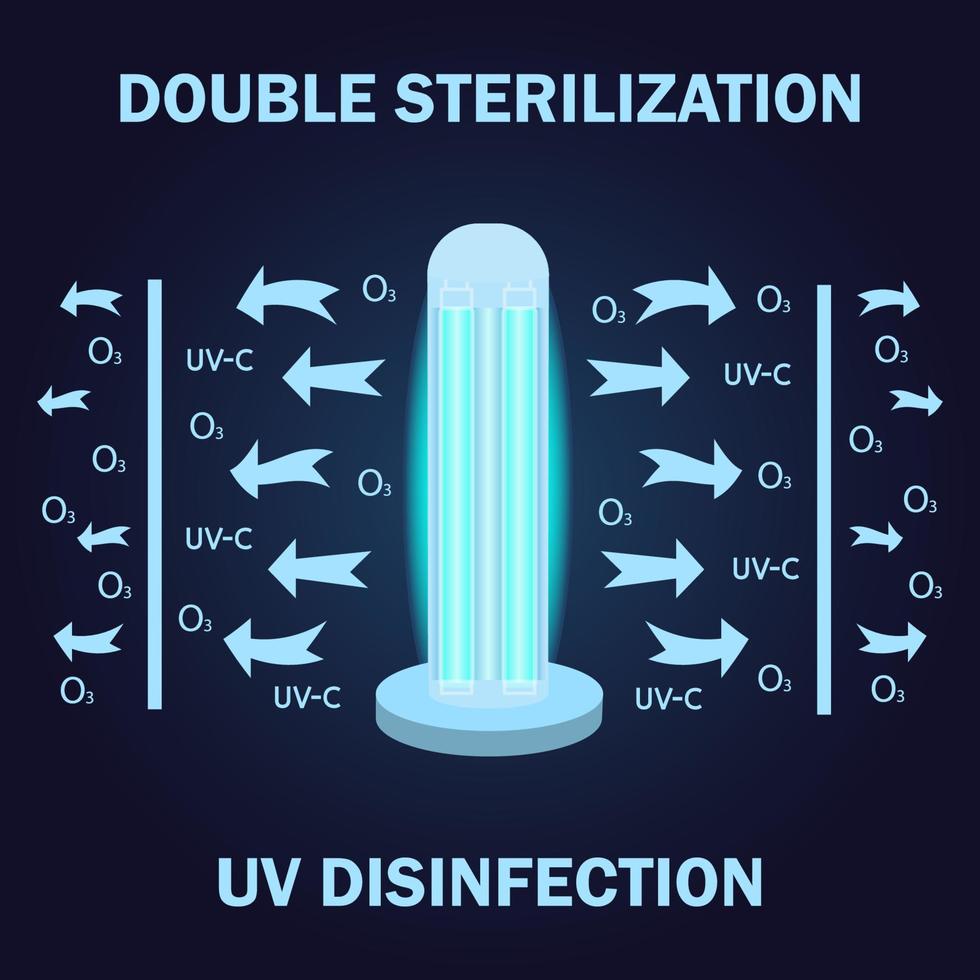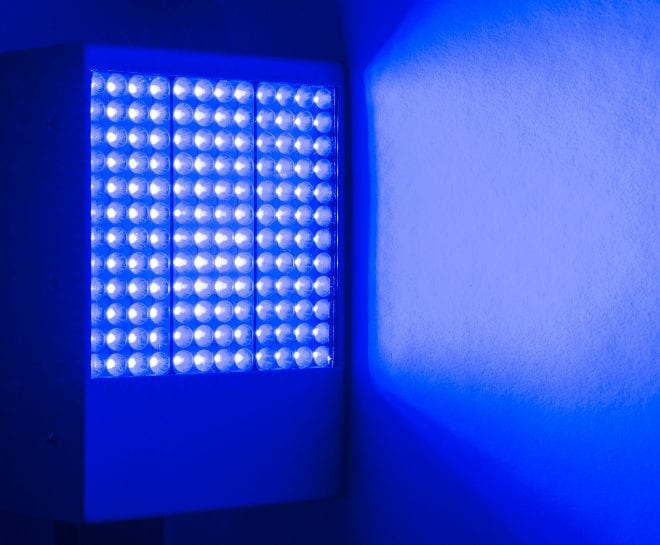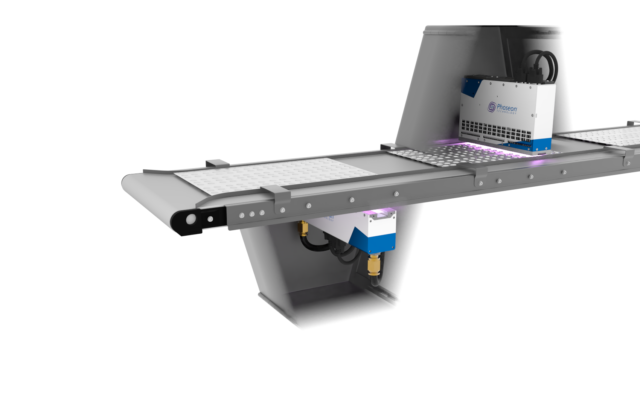UV Disinfection: The Cutting-Edge Technology Transforming Cleanliness Practices
In the realm of hygiene practices, one modern technology has actually emerged as a game-changer: UV disinfection. From healthcare settings to food processing, UV sanitation is making its mark in numerous industries.
Exactly How UV Sanitation Functions
UV sanitation works by utilizing ultraviolet light to ruin or inactivate microorganisms, offering a very effective and chemical-free technique of cleanliness. This technology harnesses the power of short-wavelength UV-C light, which is qualified of harming the DNA and RNA of microbes, therefore providing them incapable to cause and replicate injury.
The procedure starts with the setup of UV disinfection systems, which contain UV lights that send out UV-C light. These lamps are strategically placed in areas where microbial contamination is an issue, such as water treatment plants, medical facilities, laboratories, and food processing facilities.
When microorganisms are revealed to UV-C light, the photons penetrate their cell walls and reach the DNA and RNA inside. The high-energy UV-C photons interfere with the hereditary product by producing bonds in between nearby nucleotides, resulting in the development of thymine dimers. These dimers stop the microorganisms from replicating, providing them safe.
UV disinfection is very efficient versus a large range of microbes, including infections, bloodsuckers, and bacteria. It is especially effective versus waterborne pathogens like E. coli, Giardia, and Cryptosporidium. Moreover, UV disinfection is a chemical-free technique, getting rid of the demand for potentially hazardous anti-bacterials and minimizing the danger of dangerous disinfection by-products.
Benefits of UV Disinfection
UV disinfection provides numerous benefits in the field of sanitation, making it a highly preferred method for properly removing unsafe microbes. Unlike traditional sanitation techniques that count on chemicals, UV disinfection makes use of ultraviolet light to ruin the DNA of bacteria, making them not able to reproduce and cause infections.

UV disinfection is also very functional in its applications. It can be made use of in different settings, consisting of hospitals, schools, food handling centers, and water therapy plants. UV sanitation systems can be quickly integrated into existing sanitation methods, supplying an additional layer of protection against contagious illness.
In addition to its effectiveness and convenience, UV disinfection is likewise eco-friendly. It does not produce any damaging byproducts or deposits, making it a safe and sustainable approach for hygiene - uv surface disinfection. UV sanitation calls for very little maintenance and has a long life-span, resulting in price savings in the lengthy run.
UV Disinfection in Medical Care Setups
In healthcare settings, UV sanitation has become an innovative method for effectively eliminating damaging bacteria. Using UV light to decontaminate surfaces and devices has gained appeal because of its ability to provide an additional layer of security against pathogens. UV sanitation functions by producing ultraviolet light at a particular wavelength that is dangerous to bacteria, infections, and various other bacteria. This innovation provides a number of advantages in healthcare setups.
First of all, UV sanitation is a non-chemical method, making it an eco pleasant choice compared to traditional sanitation methods that commonly include the use of extreme chemicals. The use of UV light eliminates the demand for chemical anti-bacterials, lowering the risk of damaging deposit or chemical exposure to both patients and medical care workers.
Furthermore, UV sanitation is highly efficient in eliminating a wide variety of bacteria, consisting of drug-resistant bacteria such as MRSA and C. difficile. It provides a constant and trusted disinfection procedure, making certain that all surface areas and equipment are thoroughly decontaminated, even in hard-to-reach locations.

UV Sanitation in Food Processing
The application of UV sanitation prolongs past healthcare setups and locates considerable value in the world of food handling. uv surface disinfection. UV sanitation modern technology is becoming significantly popular in the food sector because of its capability to efficiently eliminate damaging pathogens and enhance food safety and security
One of the main advantages of UV disinfection in food processing is its capacity to target a wide variety of microbes, consisting of viruses, bacteria, and molds. By utilizing UV light at particular wavelengths, it is possible to interrupt the DNA and RNA of these microorganisms, making them unable to create or duplicate harm. This modern technology can be put on various stages of the food handling chain, including surface disinfection, tools sterilization, and water therapy.
UV disinfection provides a chemical-free and non-thermal resource method of sterilizing food items. Unlike conventional disinfection techniques that count on chemicals or warmth, UV modern technology does not leave any type of residue or change the taste, structure, or nutritional value of the food. This makes it an optimal option for markets that require rigorous adherence to high quality standards.
Additionally, UV disinfection systems are easy to install and operate, calling for very little maintenance. They can be incorporated into existing handling lines without causing considerable interruptions to the manufacturing process. Furthermore, UV systems have a quick therapy time, permitting constant handling and minimizing downtime.
The Future of UV Sanitation

One location where UV sanitation is anticipated to make significant innovations is in the field of health care. With the increase of antibiotic-resistant germs and the demand for extra effective disinfection approaches, UV light has the potential to play a critical duty in minimizing healthcare-associated infections. UV sanitation systems can be made use of to sanitize surface areas, tools, and also the air in healthcare facilities, helping to avoid the spread of dangerous microorganisms and boost client security.
One more sector that can take advantage of improvements in UV sanitation technology is the food sector. UV light has actually currently confirmed to be an efficient approach for sanitizing food items and decreasing the threat of foodborne health problems. As innovation boosts, we can expect to see much more cost-effective and effective UV disinfection systems being applied in food handling plants, guaranteeing that the food we eat is safe and cost-free from hazardous germs.
Conclusion
To conclude, UV sanitation is a sophisticated innovation that is changing hygiene techniques in health care setups and food processing. By utilizing UV light to kill or shut off bacteria, it offers numerous benefits such as effectiveness, effectiveness, and security. With here are the findings ongoing advancements in this field, UV sanitation holds great potential for the future of cleanliness, giving a trusted and sustainable remedy for maintaining clean and sanitary atmospheres.
UV sanitation is a chemical-free method, getting rid of the demand for potentially unsafe disinfectants and minimizing the threat of harmful sanitation by-products.
Unlike typical sanitation methods that rely on chemicals, UV disinfection utilizes ultraviolet light to destroy the DNA of microbes, rendering them not able to replicate and create infections. Unlike traditional disinfection techniques that depend on chemicals or warm, UV modern technology does not leave any type of deposit or change the preference, structure, or nutritional value of the food. As modern technology boosts, we useful site can anticipate to see more cost-effective and efficient UV disinfection systems being carried out in food handling plants, making certain that the food we eat is secure and totally free from harmful bacteria.
In conclusion, UV sanitation is an advanced innovation that is transforming cleanliness practices in healthcare setups and food processing.